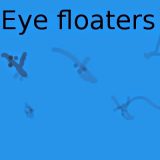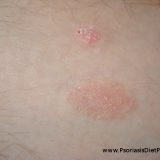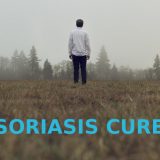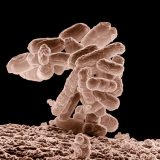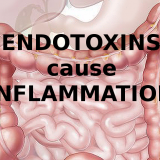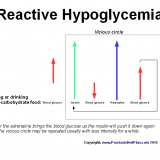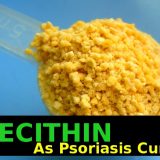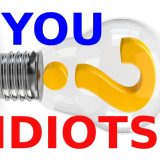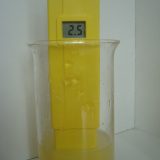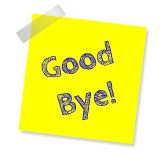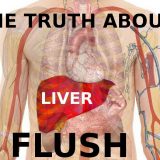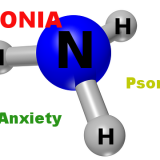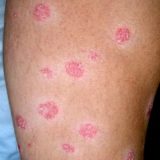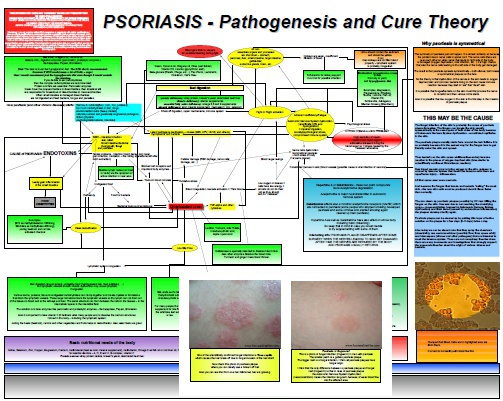Milk Thistle Can Cure Psoriasis But It Is Very Estrogenic And May Cause Gynecomastia
There is a lot of liver supplements useful in psoriasis and one of the most promoted and recommended is Silymarin extracted from Milk Thistle seeds. The positive effects of the active ingredient(s) silymarin are well known and scientifically proved as being a potent antioxidant and effective especially in liver problems. Psoriasis is one of the health issues that can be markedly improved by silymarin but is it really worth to take Milk Thistle extract to help your liver? Most people…

